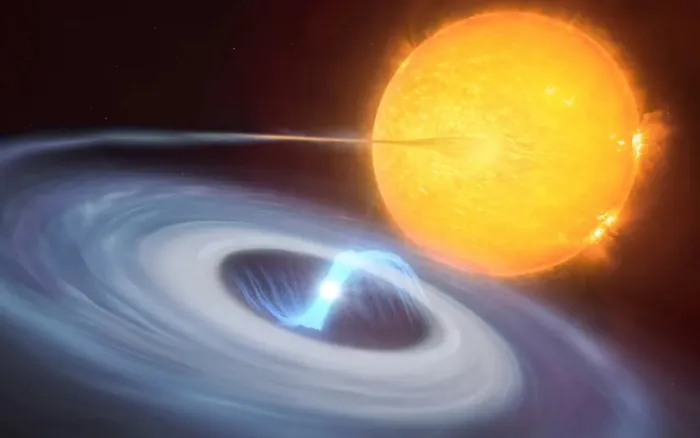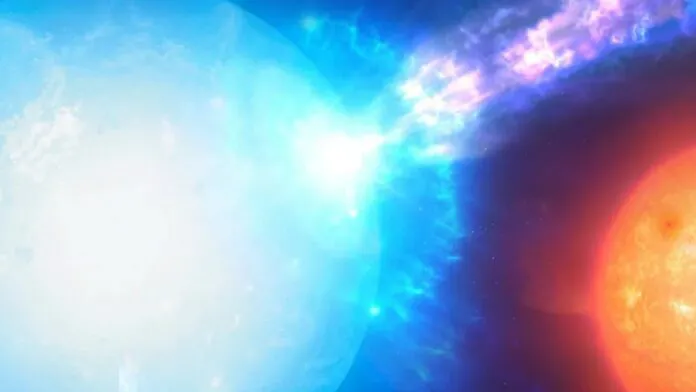© ROOT-NATION.com - Use of content is permitted with a backlink.
Star explosions can occur on a variety of scales, from massive supernovae to ordinary novae. Now scientists think they have identified an even smaller way to explode the star’s surface, called a “micronova”. This type of explosion, which occurs in only one area on the surface of some stars, lasts several hours, but still has a significant impact.
In particular, microns appear on zombie stars known as white dwarfs. These strange objects are the remnants of the nuclei of dead stars, celestial bodies such as our Sun, which have used up all their fuel and ejected most of their material into space. White dwarfs are quite small, but incredibly dense, sometimes the size of the Earth, but with the same mass as the Sun.
This is a type of phenomenon whose existence scientists had no idea about before. The discovery, detailed in Nature, could change our understanding of the different ways stars explode.
Simone Scaringi, an astronomer at the University of Durham and lead author of the Nature study, stumbled upon this strange phenomenon with her team. They worked with NASA’s TESS spacecraft, launched in 2018 to search for planets outside our solar system orbiting stars relatively close to Earth. However, the team was not looking for exoplanets, they used a telescope to study changes in the brightness of hundreds of stars.
Scaringi is mainly interested in studying white dwarfs, especially those that have neighboring stars. But when Scaringi and her team observed these specific white dwarf systems, they saw something else – one white dwarf getting brighter for a short time – only 10 hours or so. “It was very bright and occurred kind of sporadically in this one object,” Scaringi says. “We had no clue what we were looking at for about a year.”

The team then noted that the same short lights occur with two other white dwarfs, also in dual systems. From then on, they began to collect details. They realized that all three white dwarfs have very strong magnetic fields. The team asked if the hydrogen, which white dwarfs are pulling away from their neighboring stars, gets on the magnetic poles of the stars.
Scaringi’s team believes that something like aurora borealis is happening to these white dwarfs, only with much stronger explosive effects. The magnetic fields of white dwarfs direct the matter flowing from the companion to very small areas near the poles. As material accumulates in these localized locations, it eventually causes a thermonuclear explosion – except that it is much smaller than a conventional new one, and much more centralized. Researchers believe that these events are about 1 million times less bright than the usual new star, but they still form a lot of material.
The researchers looked at other possible explanations for the brightness, including solar flares, but none of them matched their observations. Of course, there is nothing 100% definite in science, especially when it comes to new discoveries. And there is still much unknown about these phenomena, such as the exact mechanism that causes a micronova explosion. It is also unclear how often they occur, although researchers believe they may occur more often than we expect.
You can also help Ukraine fight with Russian occupants via Savelife or via an official page of the National Bank of Ukraine.
Read also:
- Ukrainian space startup to develop equipment for military needs
- How Russian-Ukrainian war affects the gaming community?


